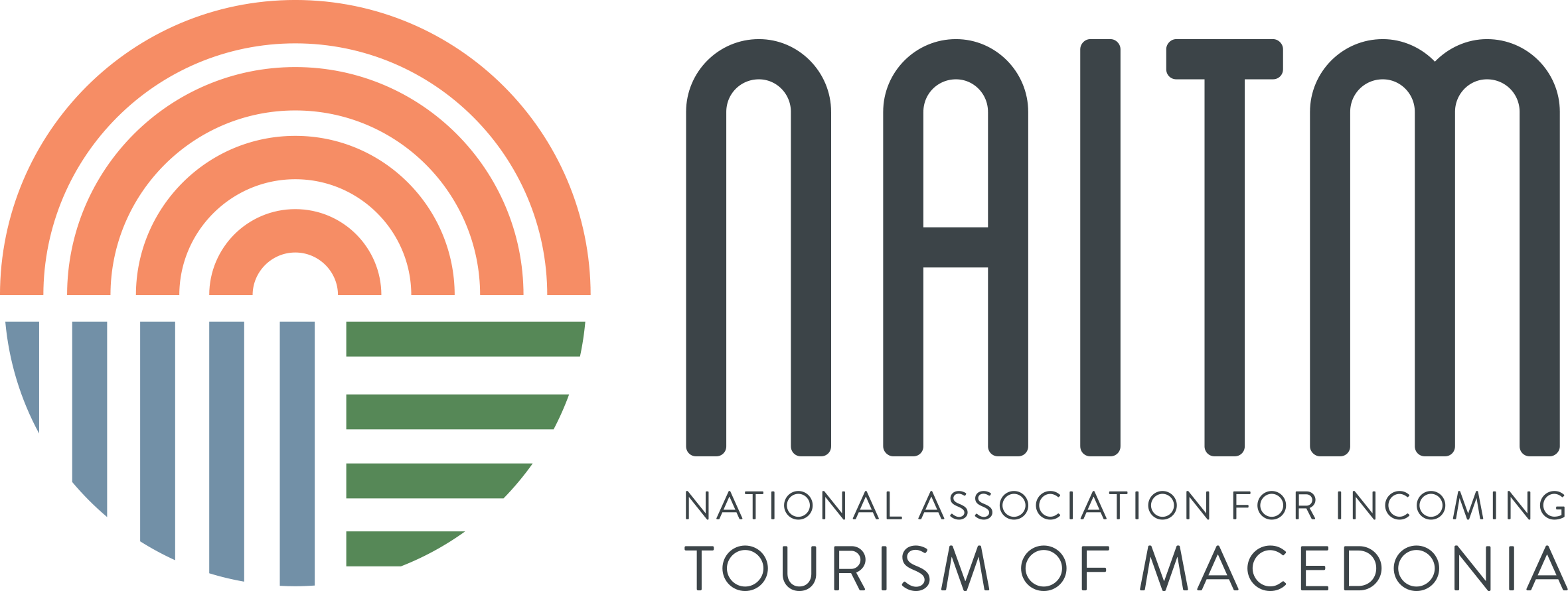History: in 440 BC, Herodotus called the tribe of Getae the branch of the Thracians who inhabited Dacia. The Dacian Kingdom, corresponding to a large part of present-day Rumania, reached its zenith with King Burebista (82-44 BC). Dacia was conquered by the Roman Emperor Trajan in two campaigns from 101 to 106 AD and turned into a Roman province. Dacia was abandoned by the Romans around the end of the III century. In the subsequent five centuries the region was ruled by the Huns, the Gepids and the Avars. In the Middle Ages, Dacia was divided into three distinct principalities: Wallachia, which was the birthplace of Prince Vlad III the Impaler, also known as Vlad Dracula (1448), Moldavia (famous for its monasteries) and Transylvania which became a part of the Hungarian Kingdom. From the XVI century the Romanian lands fell under the control of the Turks. In the XVII and XVIII centuries, Transylvania, a large area of Wallachia and the north-western part of Moldavia were annexed into the Austrian Empire. In 1878 the Treaty of Berlin recognized Romania as an independent state, but its present-day borders were established only at the end of WWI. Romania entered WWII in June 1941, declaring war on the Soviet Union in order to recover the regions of Bessarabia, and the northern Bukovina area invaded by the Red Army the year before. At the end of WWII, thanks to the Russians troops still stationed in the country, the Communists took control of the country and forced King Michael I into exile (1947). In the postwar era, Gheorghe Gheorghiu-Dej was the first national leader followed by the infamous dictator Nicolae Ceauşescu from 1967. It is estimated that more than 2 millions people were direct victims of the Communist repression in Romania. The Romanian Revolution of 1989 brought the Communist regime to an end. Nicolae Ceauşescu and his wife Elena were accused of genocide and executed in December, 1989. Free elections were held in May, 1990. The following ten years were a period of political instability. In many cities public demonstrations degenerated into violence. Romania joined the European Union in January 2007.



